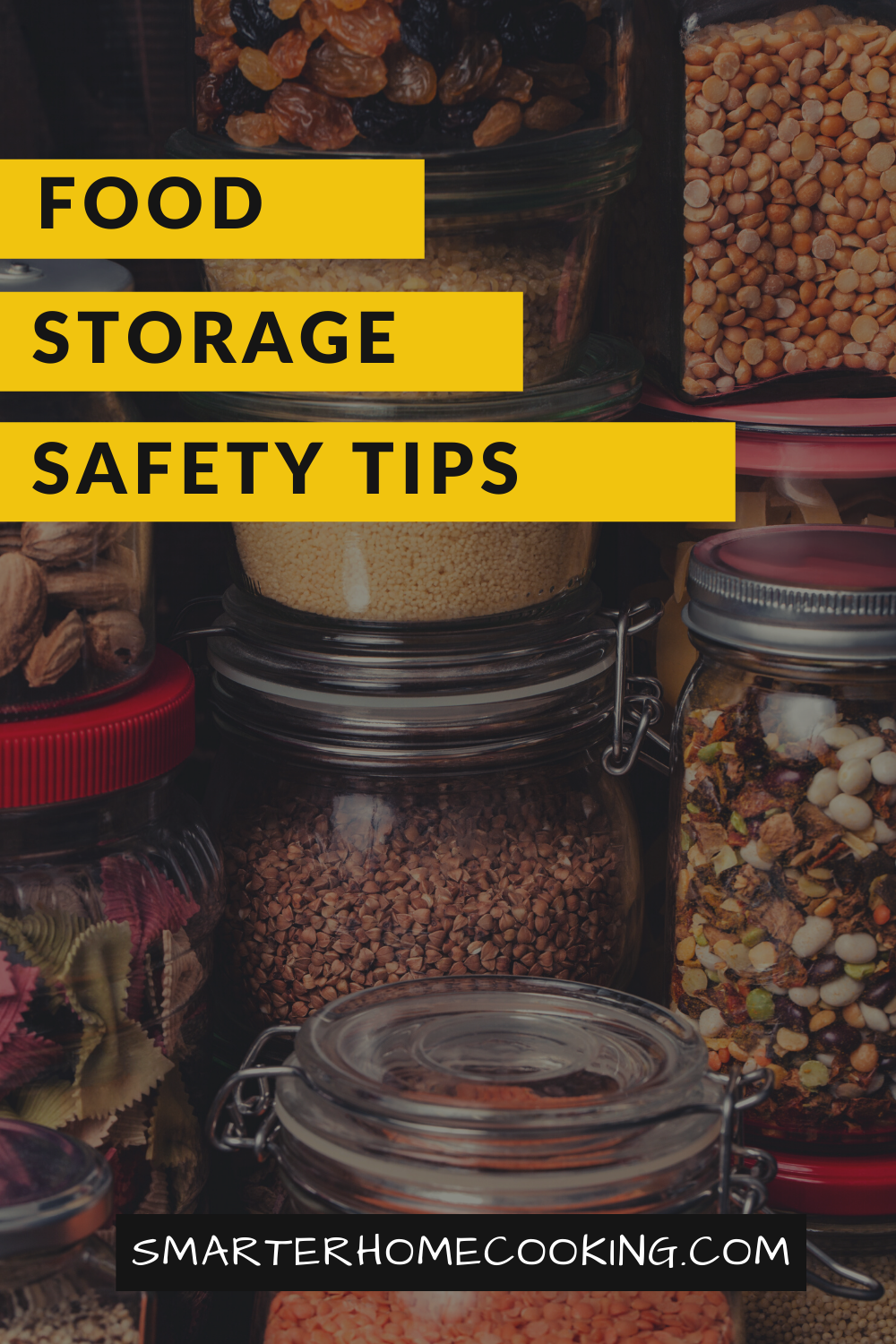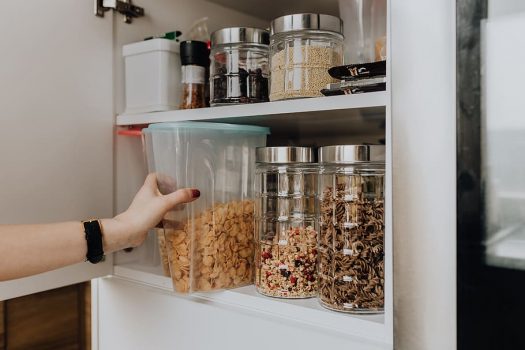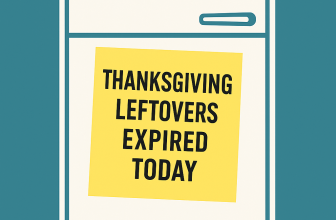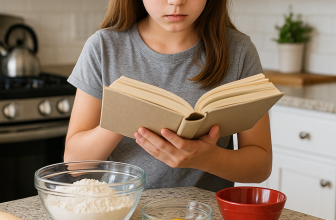With food prices rising, everyone wants to save money — but how much money are we throwing away when food goes bad? Keep food fresh longer with these food storage tips.
Everyone's trying to stretch their food budget a little further in these tough economic times, and it can be very disappointing to find that good food has gone bad in the fridge or deep freeze. But learning about proper food storage can help you avoid the problem of food going bad before you can use it.
Practice Safe Shopping
To make food last longer and play it safe, start at the store:
- Don't buy bulging or dented cans or jars of food with the safety seal on the lid popped.
- Check expiration dates on food packaging, and look inside that carton of eggs to make sure that none are broken or cracked before you buy it.
- Be sure to refrigerate perishable foods within 2 hours of buying them. After that time, bacteria begin to multiply rapidly.
- Shop for frozen foods, meat, poultry, fish, and eggs last — put them in the cart right before you hit the checkout line.
Smart Food Storage Strategies
If your fridge has a vegetable drawer and a fruit drawer, it's not just to help you be more organized. Your refrigerator is not all the same temperature, so different foods last longer at different temperatures. Here's how to know what to store where:
- Fridge door: Good for jarred salsa, tomato sauce, barbecue sauce, salad dressings, and other condiments that can handle a higher temperature without going bad. Not good for milk, cheese, or cold cuts, which need a lower temperature. Don't store eggs in the fridge door, even if there is a place for them there – they'll last up to 5 weeks if you store them in the back of the fridge.
- Crisper drawers: Vegetables and fruits that need to be refrigerated. Do not, however, mix and match fruits and veggies because some fruits give off gases that cause other fruits and veggies to ripen (and thus rot) faster.
- Top shelf: Prepared foods and salads, cooked meat and poultry, and cold cuts. Cooked meat should be used within three days.
- Cheese drawer: Cheeses, butter, and margarine. The cheese drawer is warmer and more humid than the rest of the fridge, making it ideal for preserving cheese without drying it out.
- Freezer door: Better for flour, nuts, and frozen fruits and vegetables — not raw or cooked frozen meat, because the door is not as cold as the rest of the freezer.
The fridge temperature should be set at 40 degrees Fahrenheit or below — you can use an appliance thermometer to check the temp if your fridge's settings don't indicate what the temperature is.
Shelf Life of Foods
How long does mayonnaise last? Or open jars of baby food, for that matter? Here's a quick guide to the shelf life of some common foods:
- Baby food: Use within 3 days of opening the jar.
- Mayonnaise: Use within 2 months of opening.
- Pasta sauce: Use within 5 days of opening the jar because potentially toxic mold can form before it makes its hairy green presence known.
- Milk: Lasts for 5 days in the fridge.
- Ground beef: 1-2 days in the fridge; 3-4 months in the freezer.
To look up the shelf life of many other foods, visit the StillTasty food storage database.
Eating more home-cooked food can be healthier and definitely more cost-effective than eating out, but only if you play it safe. So buy the freshest food possible, store it correctly, and know when to say goodbye to that tomato sauce that's gone bad.









